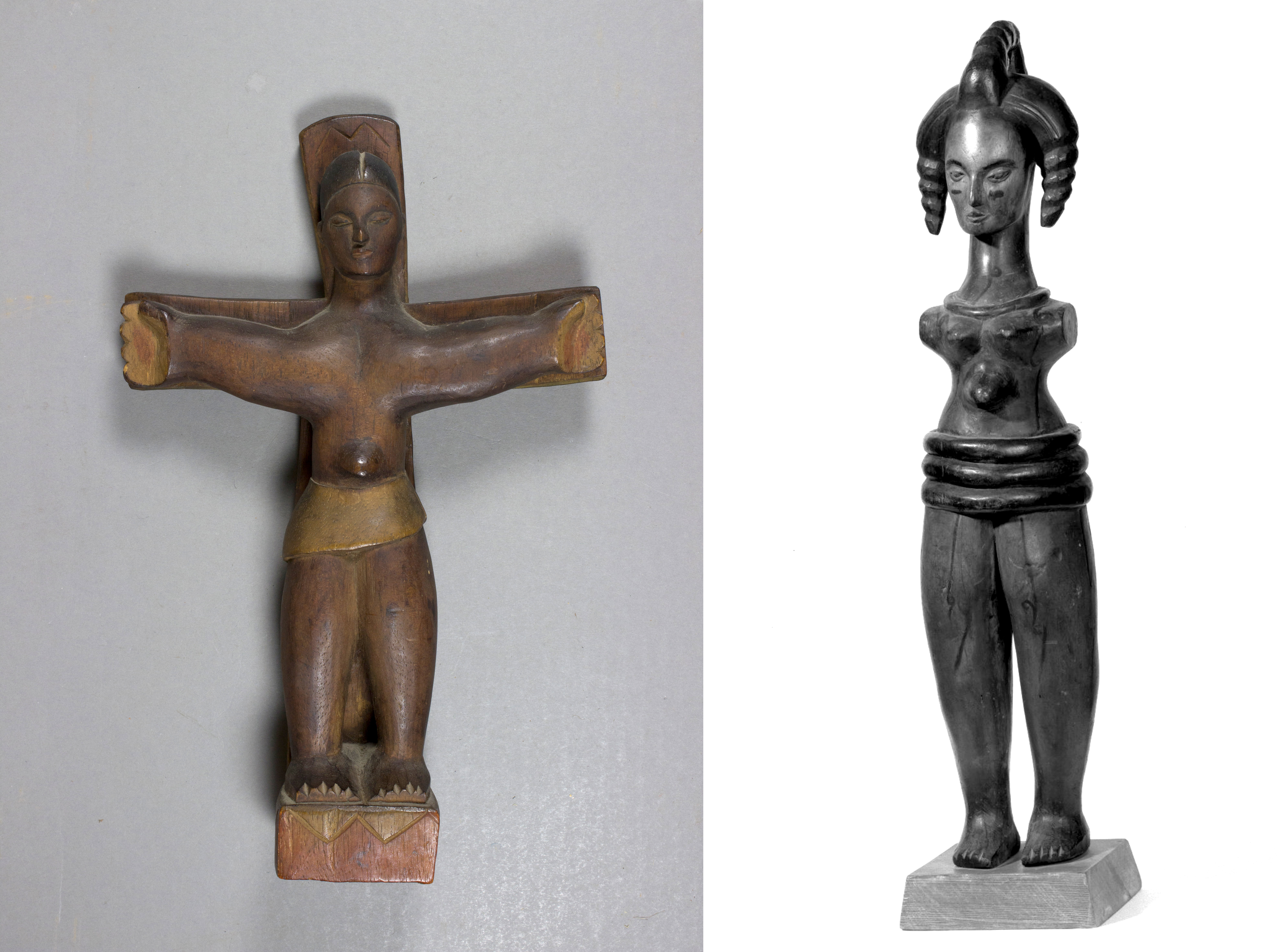

Byzantine art and architecture is usually divided into three historical periods: the Early Byzantine from c. The Byzantine Empire lasted until 1453 when Constantinople was conquered by the Turkish Ottoman Empire. The term became popularized among French scholars in the 17 th century with the publication of the Byzantine du Louvre (1648) and Historia Byzantina (1680), but was not widely adopted by art historians until the 19 th century, as the distinctive style of Byzantine architecture and art in mosaics, icon painting, frescos, illuminated manuscripts, small scale sculptures and enamel work, was defined. In 1555 the German historian Hieronymus Wolf first used the term Byzantine Empire in Corpus Historiæ Byzantinæ, his collection of the era's historical documents. Byzantion was originally an ancient Greek colony, and the derivation of the name remains unknown, but under the Romans the name was Latinized to Byzantium.

In 330 the Roman Emperor Constantine established the city of Byzantion in modern day Turkey as the new capital of the Roman empire and renamed it Constantinople. The term Byzantine is derived from the Byzantine Empire, which developed from the Roman Empire. Beginnings of Byzantine Art and Architecture To Start: Defining the Byzantine Period


 0 kommentar(er)
0 kommentar(er)
